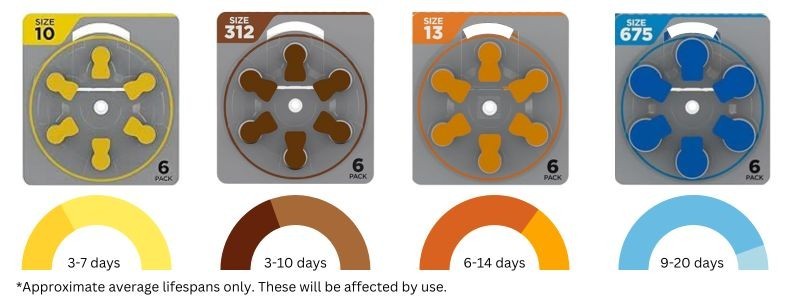Hearing Aid Batteries UK
Types of hearing aid batteries available - all you need to know about the different types of hearing aid batteries
Latest Hearing Aid UK Update: 18/12/2025
Powering your hearing needs
Hearing aid batteries are small, cylindrical batteries that are used to power hearing aids. They come in a range of sizes and types, providing power to your digital hearing aids and assisting with your everyday hearing needs. Therefore, it is important to choose the right battery for your specific hearing aid.
Here we talk about everything you need to know regarding hearing aid batteries. Such as size, lifespan, storage, brands, where to buy, and common questions we get asked by our patients. We hope that this content will help you decide which battery type will benefit you most.
In the UK, hearing aid battery disposal is regulated under the Waste Batteries and Accumulators Regulations 2009, which means retailers selling more than 32kg of batteries annually must provide free take-back services. Most major UK supermarkets and high street pharmacies now participate in this scheme.
Are all hearing aid batteries the same quality?
No, they are all different, similar to regular household batteries; you can buy various brands of hearing aid batteries in different sizes. Behind-the-ear (BTE) hearing aid styles historically use size 13 and 312 batteries. Whereas, In-the-ear (ITE) hearing aids usually use size 312 or 10 batteries.
To make it easier, each size has an industry-standard colour code, which we have highlighted below.
What are the most popular hearing aid battery brands?
The most popular brands are Rayovac hearing aid batteries, Duracell hearing aid batteries, Energizer, and Power One hearing aid batteries. Hearing aid manufacturers also make their hearing aid batteries and usually provide around a month's supply when you initially purchase your hearing aids.
In the UK market, you'll also find Boots' own-brand hearing aid batteries widely available, as well as Superdrug and Lloyds Pharmacy own-label options. These UK retailer brands often offer good value whilst maintaining quality standards. Online UK retailers like Amazon UK, Batteries Plus, and Hearing Direct also provide next-day delivery options across mainland UK.
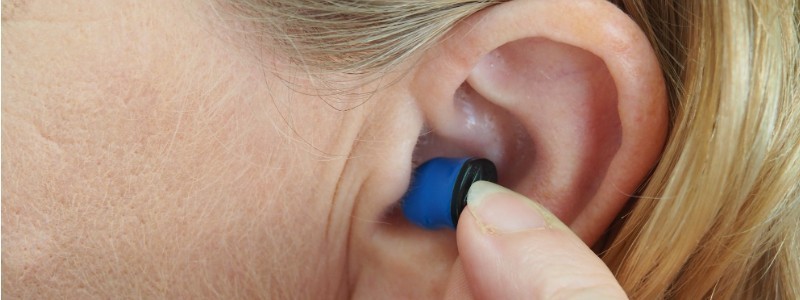
What are the different hearing aid battery types available in the UK?
Hearing aid battery styles on the market
Hearing aid battery types available are getting smaller, more advanced, and more powerful than those of the past, whether they are powered by standard batteries or rechargeable versions. Rechargeable batteries need to be charged fairly regularly, and standard batteries are disposable and need to be replaced. Rechargeable batteries are usually charged up at night when the wearer takes them out to sleep.
Zinc-Carbon hearing aid batteries
Historically, the main types of hearing aid batteries are zinc-carbon batteries, which are made from a combination of zinc and carbon. These batteries are inexpensive and widely available, but they have a shorter lifespan than other types of batteries and may not be suitable for use in advanced hearing aids that require a higher level of power.
Zinc-air hearing aid batteries
Now, zinc-air batteries are commonplace, as they are more eco-friendly and maintain a reliable voltage. These use oxygen from the air as an electrolyte. These batteries have a longer lifespan than zinc-carbon batteries and can provide more power, making them a good choice for advanced hearing aids. However, they can be more expensive and may be more difficult to find in some areas.
All zinc-air batteries sold in the UK have been mercury-free since 2011, following EU regulations that were retained in UK law post-Brexit. This makes them safer for disposal and better for the environment.
Rechargeable hearing aid batteries
There are also rechargeable hearing aid batteries, which can be convenient for users who do not want to constantly replace disposable batteries. These batteries can be charged using a specialised charging unit and may be suitable for use in both traditional and advanced hearing aids.
However, they can be more expensive upfront and may require more maintenance to ensure that they are properly charged and ready for use.
The UK government's 2023 Sustainability Strategy encourages the adoption of rechargeable hearing aids as part of the NHS's net-zero commitment by 2040. Many NHS audiology departments are now prioritising rechargeable options for new fittings where clinically appropriate.
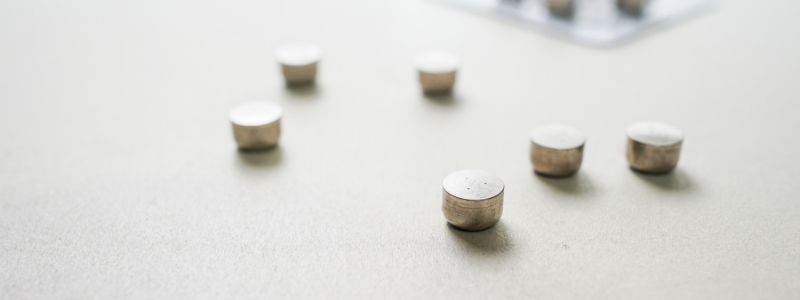
Hearing Aid Batteries UK
What are the main hearing aid battery sizes? Are all hearing aid batteries the same?
Understanding the different hearing aid batteries available
Although battery sizes are standardised to fit pretty much all hearing aid models and brands worldwide, hearing aid batteries do come in different sizes. These are denoted by a number and colour code. The most common sizes of hearing aid batteries are 10, 13, 312, and 675.
The size you need will depend on the size of your hearing aid. Your hearing aid manufacturer or audiologist can tell you which size you need.
What are the four main hearing aid battery sizes, and what is the difference between them?
Hearing aid colour and style guide to tell the sizes apart: hearing aid batteries have coloured stickers on them, and the same colour will be on the pack, so they are easily recognised. This will also indicate the average life span of the batteries and their usage.
What is the colour coding for hearing aid batteries?
Hearing Aid Battery Number | Hearing Aid Battery Size(mm) | Average Lifespan* of Hearing Aid Batteries | Hearing Aid Battery Tabs & Sticker Colours | Extra Hearing Aid Battery Information |
| Hearing aid batteries 10/10A | 5.8 mm x 3.6 mm | 3-7 days | YELLOW | Smallest hearing aid battery |
| Hearing aid batteries 312 | 7.9 mm x 3.6 mm | 3-10 days | BROWN | Half the thickness of the size 13, standard hearing aid size |
| Hearing aid batteries 13 | 7.9 mm x 5.4 mm | 6-14 days | ORANGE | This hearing aid battery is most likely to be used by the NHS |
| Hearing aid batteries 675 | 11.6 mm x 5.4 mm | 9-20 days | BLUE | Largest battery size, typically used for powerful BTE and superpower hearing aids |
Common hearing aid battery troubleshooting problems
*As listed in the table above, the hearing aid battery lifespan will also depend on your usage and streaming. Generally, the trend is that the smaller the battery, the shorter the lifespan. If, out of the blue, your hearing aid battery life is shortened, there might be an issue with your hearing aids.
If this happens, read your manufacturer's user manual for reference, and if you need extra support, contact your audiologist, who will give both aids a full maintenance check and repair if needed.
Regardless of the type of hearing aid battery your hearing aids require, it is important to follow the manufacturer's instructions for use and to replace the battery when it is no longer providing sufficient power. It is also a good idea to keep a supply of spare batteries on hand in case of emergencies.
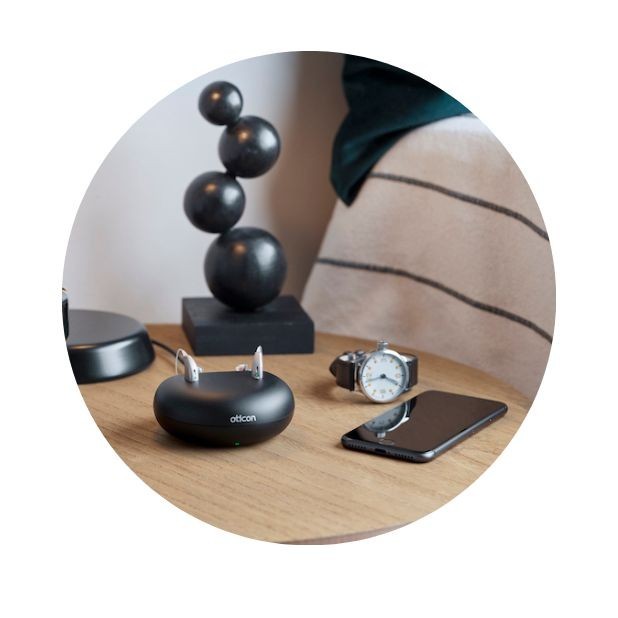
Are hearing aid batteries rechargeable?
Hearing aids don’t always have to use standard batteries or disposable batteries; there are rechargeable versions available, so they can be recharged.
These are simply called rechargeable hearing aid batteries or lithium-ion batteries, and pretty much all hearing aid brands have these as an option in their device ranges.
With rechargeable hearing aid batteries, you don’t have to buy new batteries when your old ones run out of power. You just recharge them and go! Rechargeable batteries should last as long as the life of your hearing aids.
In the UK, rechargeable hearing aids have seen a 65% increase in adoption since 2020, with many users citing convenience and environmental concerns as primary motivators.
The average UK electricity cost to charge hearing aids is approximately £2-3 per year, making them considerably more economical than disposable batteries over time.
What is the cost of hearing aid batteries?
The price of hearing aid batteries varies depending on what brand you go for and sometimes what size you need. You must invest in ones that are long-lasting and high-performance, so you will always have the confidence that they can deliver reliable power throughout your day.
At publication, the average you will pay for batteries is around £2.00 for a pack of six mercury-free zinc-air batteries.
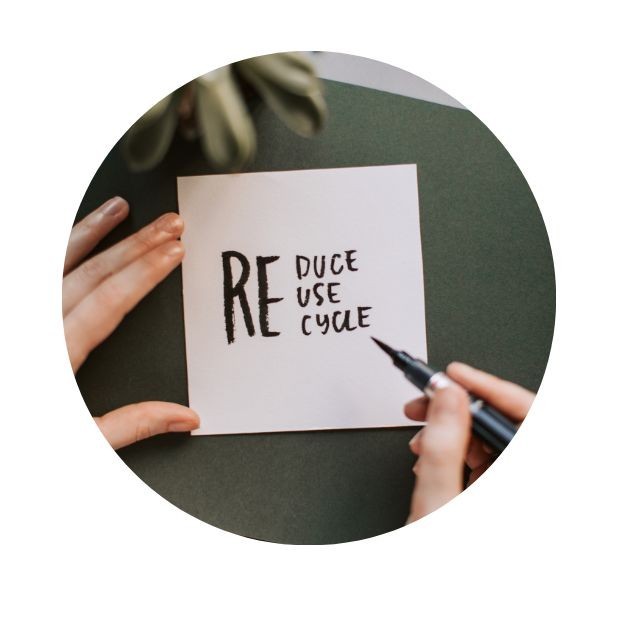
Can hearing aid batteries be recycled?
Are hearing aid batteries recyclable? Yes, they are, however, most consumers choose to buy the rechargeable version of the modern hearing aids on the market, as they are more eco-friendly and more convenient.
However, those who wear hearing aids that require standard batteries need to recycle them correctly and not dispose of them with everyday rubbish.
Recycling hearing aid batteries: Most local supermarkets now have battery recycling points for the disposal of hearing aid batteries and household batteries, too.
If you are upgrading and looking to donate your hearing aids, it is always good to remember that various charities will recycle and recondition your devices.
What are the best hearing aid batteries for me?
As each case of hearing loss and the patient's situation is unique, the best course of action is to discuss with your audiologist the type of batteries and brands of batteries that are best for you and your hearing aid device, and whether rechargeable hearing aids would be suitable for your needs.
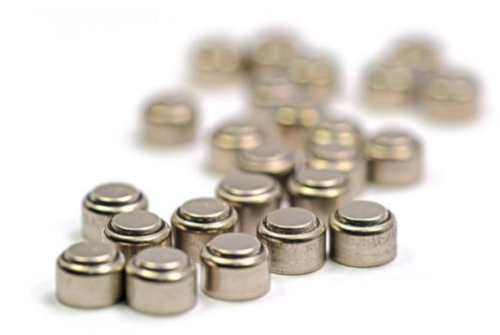
Common questions from consumers
How long do hearing aid batteries last?
So, do hearing aid batteries expire? Rechargeable batteries need to be charged fairly regularly and standard batteries are disposable and need to be replaced. Rechargeable hearing aid batteries have a shelf life too but are generally the same as the device itself - roughly 4-5years.
If the battery compartment in your hearing aid doesn’t have a door, then it has a lithium-ion rechargeable battery inside. This means that these batteries take about 3-4 hours to fully charge and can usually last you around 24 hours.
What about NHS hearing aid batteries?
Are hearing aid batteries free on the NHS? The simple answer is yes, you can get free hearing aids, free NHS hearing aid batteries, and repairs from the NHS. However, this is only the case if you have and currently wear NHS hearing aids.
You can obtain them from your local GP, or they can send them out to you by post. NHS hearing aids, as standard, are free of charge (on a loan basis) and currently come with a selection of free batteries. You can also contact your local NHS Audiology Department to order more or request that they post them out to you every month.
As of 2025, NHS England provides free hearing aid batteries to all NHS hearing aid users through multiple channels: direct collection from audiology departments, GP surgeries, or by postal delivery. Most NHS trusts now offer online ordering systems for battery replacements. NHS Scotland, Wales, and Northern Ireland operate similar schemes with minor regional variations in delivery methods.
How often will I need to change my batteries?
For all generic and standard hearing aid batteries, it depends on the type of hearing aid that needs powering and its overall capacity, how often you are wearing your hearing aids, and how much you stream via Bluetooth connectivity. This is also a similar case for rechargeable hearing aids.
If you stream a lot, you will be recharging your batteries more regularly. But there are some nifty and discrete charging pods out there that you can easily take out with you and charge on the go. Some manufacturers have 'quick charge' options for when you need it most and need a power boost urgently.
When it's time to replace the battery in your hearing aid, it's a good idea to have a few extra on hand so you always have a fresh one when you need it. Changing the battery is a simple process, and most hearing aids have a small door that opens to allow you to easily change the battery.
Generally, Zinc-carbon batteries typically last from 4 to 14 days, while rechargeable batteries can last from 4 to 7 days on a single charge.
UK research from the British Society of Audiology (2024) indicates that streaming via Bluetooth can reduce battery life by 30-40% compared to standard use. Winter months in the UK also see reduced battery performance due to lower ambient temperatures, with users reporting 10-15% shorter battery life during December through February.
How do I store my disposable batteries?
Your pack of disposable zinc-air batteries will be fine for around three years if you always store them at room temperature. If you put your hearing aids in a fridge or a cold place, they can develop condensation under the battery's sticker within the packaging. You are then at risk of greatly reducing the battery's life span.
It is important to store hearing aid batteries properly to ensure they last as long as possible. Store them in a cool, dry place and keep them away from metal objects. If you're not going to use your hearing aid for an extended period of time, remove the battery to prevent leakage.
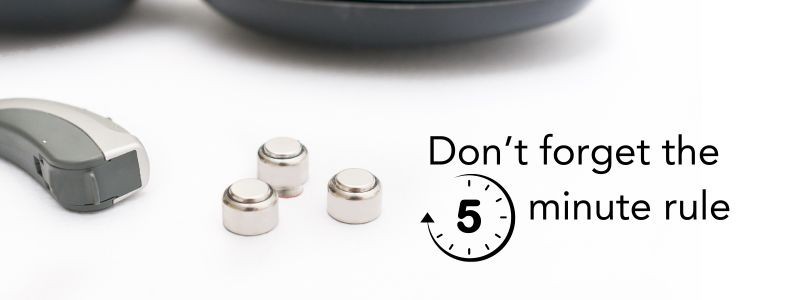
Can I extend the lifespan of a hearing aid battery?
Top tips for hearing aid batteries
Maximise your battery lifespan
To maximise the lifespan of your hearing aid batteries, it is important to handle them carefully and store them in a cool, dry place. It is also a good idea to clean the battery compartment of your hearing aid regularly to remove any dirt or debris that may affect the battery's performance. The below advice will help you get the most out of your hearing aid batteries.
- Always wash your hands before changing your batteries: Dirt and oil can be detrimental to hearing aids and can block the air pores in the battery.
- Leave the door open: When you’ve taken your hearing aids off, turn them off and open up the battery compartment door. It reduces battery drain and helps trapped moisture escape, so the hearing aids are less likely to get damaged or the battery to corrode.
- Invest in a dehumidifier: This will help absorb any moisture that is hidden in your hearing aid and battery. Your battery power will be used to its full potential, and it’s also a safe place to store your devices, especially if you don't have a charging pod.
- Keep them safe: Store your batteries in a cool, dry, and safe place. Hot and wet atmospheres drain the power from batteries, even if they are in packaging. Always keep them stored away from children.
- Think about an upgrade: Successive iterations of rechargeable technology were subsequently developed, each improving on the last. But the latest development, called lithium-ion technology, may be the best yet. This game-changing technology is the first to achieve full days' worth of power on one charge. There are many reasons to take advantage of lithium-ion rechargeable hearing technology.
- Remember the 5-minute rule: Let them breathe! You only have to do this for about 5 minutes after you have removed the tab from the battery. ‘Breathing’ time allows air to get to the materials inside the battery, which activates them. After this time, they are ready to go into the battery compartment.
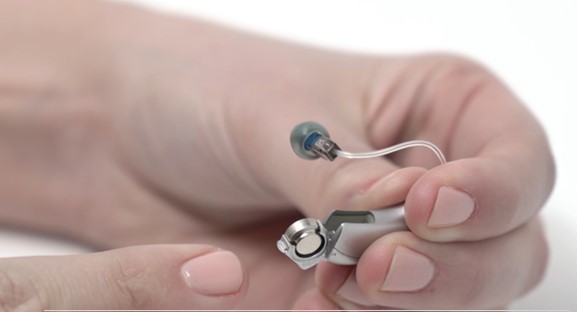
Types of Hearing Aid Batteries
Where can I get hearing aid batteries?
Private hearing aid batteries
Private hearing aid wearers can get hearing aid batteries from their own local audiologist in the clinic, or they can post them out to you at your convenience. A lot of people do have a standing order for batteries, which delivers hearing aids automatically when they need them.
This seems to be a popular choice, as you don't have to remember to order them or worry that you'll suddenly run out and are left with hearing aids with no power and, therefore, no assisted hearing. You can also source various hearing aid battery brands from online retailers.
Where can I get free hearing aid batteries?
You can receive free hearing aid batteries from the NHS if you have NHS hearing aids. However, if you don't, you will need to purchase hearing aid batteries either online or through your audiologist. Most manufacturers do send free hearing aid batteries when you first purchase your new hearing aids, but this is not the case for all in the industry.
What are our thoughts on non-rechargeable batteries and hearing aids?
In general, our attitude towards the environment is shifting, and we are slowly becoming more eco-conscious. This is a positive leap in the right direction, as we become more sensitive to the environment each year. We are reacting to world problems such as climate change and making more conscious decisions in the way we purchase and dispose of certain products.
There has been a definitive shift in the way we want to live our lives, as we take stock and look at more rechargeability options, such as hearing aids. We believe the future to be eco-smart and thoughtful, with fewer batteries going into our landfills.
In a world where convenience is key, we don’t think the consumer attraction for this will change as portable recharging pods continue to become smaller, providing handy on-the-go charging.
However, if you do have hearing aids that require hearing aid batteries, we advise that you purchase replacements from your audiologist or private healthcare provider. In reality, they go through their battery stock quickly, which means you will be purchasing more fresh batteries than maybe from an online retailer.
They will also give you the right advice about battery size, brands, and maintenance tips, so you will always benefit from the right hearing aid battery.
If you are looking for own-brand batteries such as Boots hearing aid batteries, Specsavers hearing aid batteries, or Amplifon hearing aid batteries, you'll need to contact those hearing aid providers to organise hearing aid battery purchases.
The UK sends approximately 600 million hearing aid batteries to landfill annually, though this number is decreasing as rechargeable adoption increases. The UK Government's 2024 Environmental Improvement Plan specifically highlights hearing aid battery waste reduction as a priority area under the medical device sustainability initiative.
Quick links to other useful information regarding hearing aid maintenance:
►Hearing aid maintenance at home
►How to get used to your hearing aids
►Click here to go back to the top of the page
Watch a video guide on how to change a Behind-the-Ear (BTE) hearing aid battery below
Need more information about hearing aid batteries?
Hearing aid batteries are a crucial component of any hearing aid and are necessary for ensuring that the device is functioning properly.
There are a range of options available, including zinc-carbon, zinc-air, and rechargeable batteries, and it is important to choose the right battery for your specific hearing aid and needs.
Contact your local audiologist for hearing aid battery support. Or call us free on 0800 567 7721 to benefit from hearing healthcare advice, and more information on upgrading your existing hearing aids or rechargeable hearing aid options available on the market today.
Our specialist service includes:
Do not spend hundreds of pounds without getting a second opinion from us.
Please call us on 0800 567 7621
 Not only are the prices great, but the service is fantastic! Many thanks to your team.
Not only are the prices great, but the service is fantastic! Many thanks to your team.What's included in our hearing aid prices?
Other pages you might find useful
Top 3 common FAQs about hearing aid batteries
How often will I need to change my hearing aid battery?
A hearing aid uses on average about one battery per week and you need one hearing aid battery per hearing aid. Some hearing aids with very small batteries may only provide 4 days of use whereas ones with larger batteries may last up to 2 weeks.
Where can I get free hearing aid batteries?
You can receive free hearing aid batteries from the NHS if you have NHS hearing aids. However, if you don't you will need to purchase hearing aid batteries either online or through your audiologist. Most manufacturers do send free hearing aid batteries when you first purchase your new hearing aids with them, but this is not the case for all in the industry.
How do I store my disposable hearing aid batteries?
Your pack of disposable batteries will be fine for around three years if you always store them at room temperature. If you put your hearing aids in a fridge or in a cold place, they can develop condensation under the battery's sticker within the packaging. You are then at risk of greatly reducing the battery's life span.
Ask the Experts
6 Morton Lane
Walkwood
Redditch
Worcestershire
B97 5QA
Latest Launch
When we refer to a product as 'Latest Launch', we mean it is the latest to be released on the market.
New
When we refer to a product as 'New', we mean that the product is the newest hearing aid model on the market.
When we refer to a product as 'Superseded', we mean that there is a newer range available which replaces and improves on this product.
Older Model
When we refer to a product as an 'Older Model', we mean that it is has been superseded by at least two more recent hearing aid ranges.


